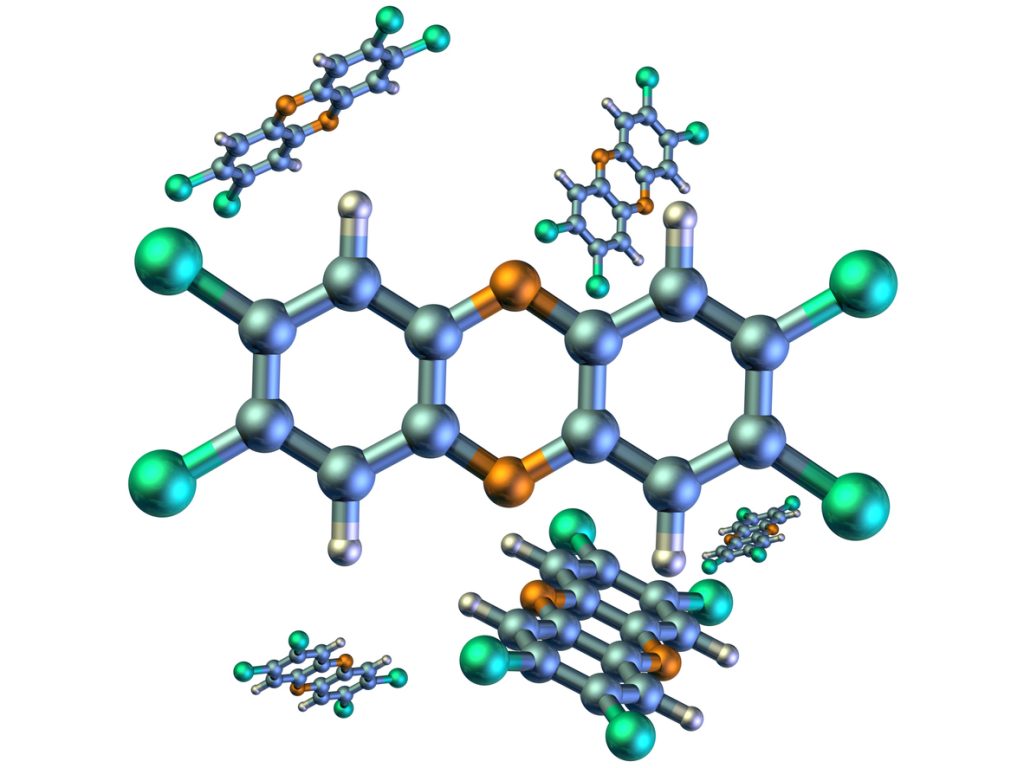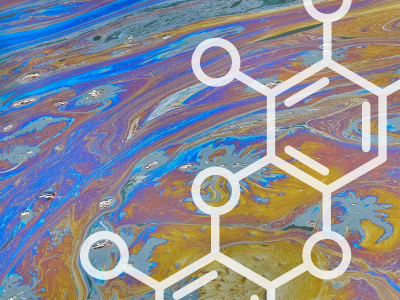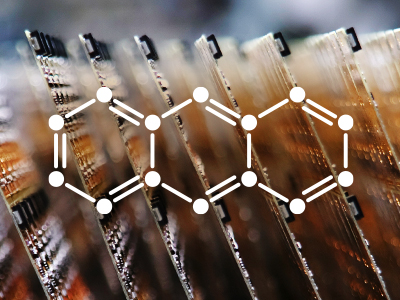What are POPs?
Persistent organic pollutants (POPs) are organic compounds that are resistant to degradation through chemical, biological, and photolytic processes. POPs are toxic chemical substances that are highly stable in the natural environment, accumulate in the bodies of animals that are carbon-based, and adversely affect human health and the environment around the world. Because POPs tend to persist in the natural environment, they have come to be known as “forever chemicals.” Many people are familiar with some of the most well-known POPs, such as PCBs, DDT, and dioxins. POPs include a range of substances that include intentionally produced chemicals currently or once used in agriculture, disease control, manufacturing, or industrial processes.
Examples of POPs
Many POPs were widely used during the boom in industrial production after World War II, when thousands of synthetic chemicals were introduced into commercial use. Many of these chemicals proved beneficial in pest and disease control, crop production, and industry.

Among them were a group of 12 highly persistent and toxic chemicals aldrin, chlordane, DDT, dieldrin, endrin, heptachlor, hexachlorobenzene, mirex, polychlorinated biphenyls, polychlorinated dibenzo-p-dioxins, polychlorinated dibenzofurans, and toxaphene. The most encountered POPs are organochlorine pesticides, such as DDT, industrial chemicals, polychlorinated biphenyls (PCB) as well as unintentional by-products of many industrial processes, especially polychlorinated dibenzo-p-dioxins (PCDD) and dibenzofurans (PCDF), commonly known as dioxins.
POPs Impact on Human Health
The bioaccumulation of POPs in human fatty tissue and their persistent characteristics make POPs a major threat to human health. Exposure to these pollutants is associated with various serious health problems such as endocrine disruption, reproductive problems, cancer, cardiovascular disease, obesity, and diabetes. Scientific evidence shows that long‐term exposure to certain compounds under certain conditions — even at low levels — can lead to many health effects. POPs exposure may also cause developmental defects, chronic illnesses, and death.
Impact of POPs on the Environment
POPs are toxic substances released into the environment through a variety of human activities and they have adverse effects that threaten human health and the planet’s ecosystems. POPs remain intact for a long time, are widely distributed throughout the environment, accumulate, and magnify in living organisms through the food chain, and are toxic to both humans and wildlife.
POPs Waste
POPs are composed of organic (carbon-based) chemical compounds and mixtures that do not break down in the environment. They are primarily products and by-products from industrial processes, chemical manufacturing, and resulting wastes. Any waste that contains POPs must not be recycled or reused, rather the POPs must be destroyed. To check if electrical and electronic equipment and upholstered domestic waste can be recycled, follow the guidance of reusing waste electrical and electronic equipment (WEEE).
Conclusion
POPs have, at one time or another, been an integral part of industrial manufacturing and food production. Now that their environmental persistence and other harmful effects are known, we must work to end their use. Legislation has been enacted in various parts of the world to address and regulate POPs. Our next article will dive deeper into different types of POPs legislation, their history, and enforcement.





